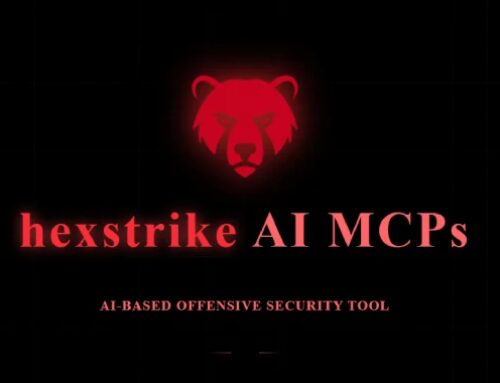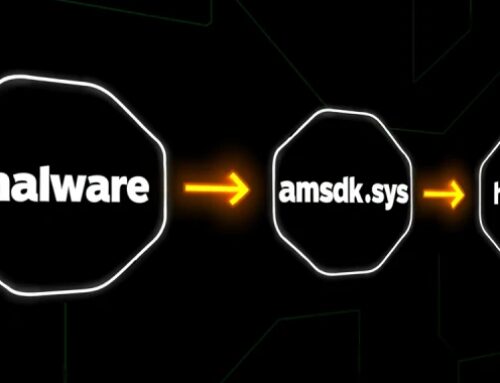Introduction
As cybersecurity threats continue to evolve, organizations are increasingly recognizing the need for robust security operations (SecOps) practices. Penetration testing, a critical component of these practices, involves simulating cyberattacks to identify vulnerabilities in systems before malicious hackers can exploit them. In recent years, the integration of artificial intelligence (AI) into the SecOps landscape has transformed the capabilities of penetration testing, allowing for more efficient, thorough, and adaptive security assessments. This article explores how AI is enhancing penetration testing, ultimately leading to stronger security postures for organizations.
The Role of AI in Penetration Testing
Artificial intelligence encompasses various technologies that enable machines to learn from data, recognize patterns, and make decisions with minimal human intervention. In the realm of penetration testing, AI can streamline processes and improve outcomes in several ways:
1. Automated Vulnerability Scanning
Traditional vulnerability scanning tools require manual setup and ongoing maintenance, which can be time-consuming. AI-driven solutions can automate these tasks by continuously scanning networks and systems for known vulnerabilities. By analyzing historical data and threat intelligence, AI can prioritize vulnerabilities based on their potential impact and likelihood of exploitation, allowing security teams to focus on the most critical issues first.
2. Intelligent Exploitation
AI can enhance the exploitation phase of penetration testing by employing machine learning algorithms to identify and craft potential attack vectors. This capability allows security professionals to simulate advanced persistent threats (APTs) that may not be detectable through conventional testing methods. By employing AI, penetration testers can discover complex attack paths and exploit vulnerabilities more effectively, gaining deeper insights into potential weaknesses.
3. Behavioral Analysis
AI’s ability to analyze vast quantities of data in real time empowers penetration testers to perform behavioral analysis on user activity, application performance, and network traffic. This analysis can uncover anomalous behaviors indicative of security breaches, allowing testers to simulate sophisticated attack scenarios. By understanding the typical behavior of systems and users, AI can help identify deviations that suggest potential vulnerabilities or security gaps.
4. Continuous Testing
In today’s rapidly evolving threat landscape, organizations can no longer afford to conduct penetration tests infrequently. AI facilitates continuous and automated penetration testing, enabling organizations to maintain a constant state of vigilance. Continuous testing uses AI algorithms to evaluate systems regularly, helping organizations to adapt to new threats and vulnerabilities in real-time. This shift towards a mentality of proactive security can significantly bolster overall defenses.
Enhancing Human Expertise with AI
While AI significantly enhances penetration testing capabilities, it is crucial to recognize that it is not a replacement for human expertise. Rather, it complements and augments the skills of security professionals. Here’s how:
1. Improved Decision-Making
AI can analyze vast datasets much faster than humans, providing security teams with actionable insights. By interpreting complex data and highlighting critical vulnerabilities, AI empowers analysts to make informed decisions quickly and effectively. This dynamic allows human testers to focus on strategy, creativity, and informed risk assessment without getting bogged down in data interpretation.
2. Skill Augmentation
Incorporating AI into penetration testing processes frees up security analysts from repetitive tasks, allowing them to hone their skills and engage in more complex problem-solving. By leveraging AI for routine scanning and assessment, analysts can dedicate more time to innovative testing techniques, deeper analysis, and developing new methodologies.
3. Continuous Learning
AI systems have the potential to learn from past penetration testing engagements, refining their algorithms and improving future effectiveness. By analyzing outcomes from previous tests, AI can adapt its approaches to become more efficient over time, staying in sync with emerging threats. This continuous learning fosters greater accuracy in identifying vulnerabilities and suggests tailored remediation strategies.
Challenges and Considerations
Despite the promising advancements AI brings to penetration testing, some challenges must be addressed:
-
Data Privacy and Security: The integration of AI into SecOps increases the volume of data collected and analyzed. Organizations must ensure that they handle this data responsibly and in compliance with legal and regulatory requirements.
-
False Positives: AI-driven systems can occasionally return false positives or negatives, leading to misdirected efforts by security teams. Continuous improvement of AI algorithms and ongoing human oversight is essential to mitigate this risk.
- Skill Gap: While AI can augment human capabilities, there remains a significant skills gap in the cybersecurity workforce. Organizations must invest in training their teams to work effectively with AI technologies.
Conclusion
The intersection of AI and SecOps represents a compelling evolution in the realm of cybersecurity, particularly in penetration testing. By harnessing the power of AI, organizations can enhance their vulnerability management processes, improve the accuracy of their assessments, and maintain an adaptive security posture against ever-evolving threats.
As organizations continue to embrace AI-enhanced penetration testing, collaboration between human expertise and machine intelligence will be essential. By marrying the analytical capabilities of AI with the ingenuity of human testers, organizations can shore up their defenses, stay ahead of threats, and ultimately create a more secure digital landscape. The future of SecOps is not just about advanced technology but also about fostering a culture that prioritizes continuous improvement and proactive threat management.





Deixe o seu comentário